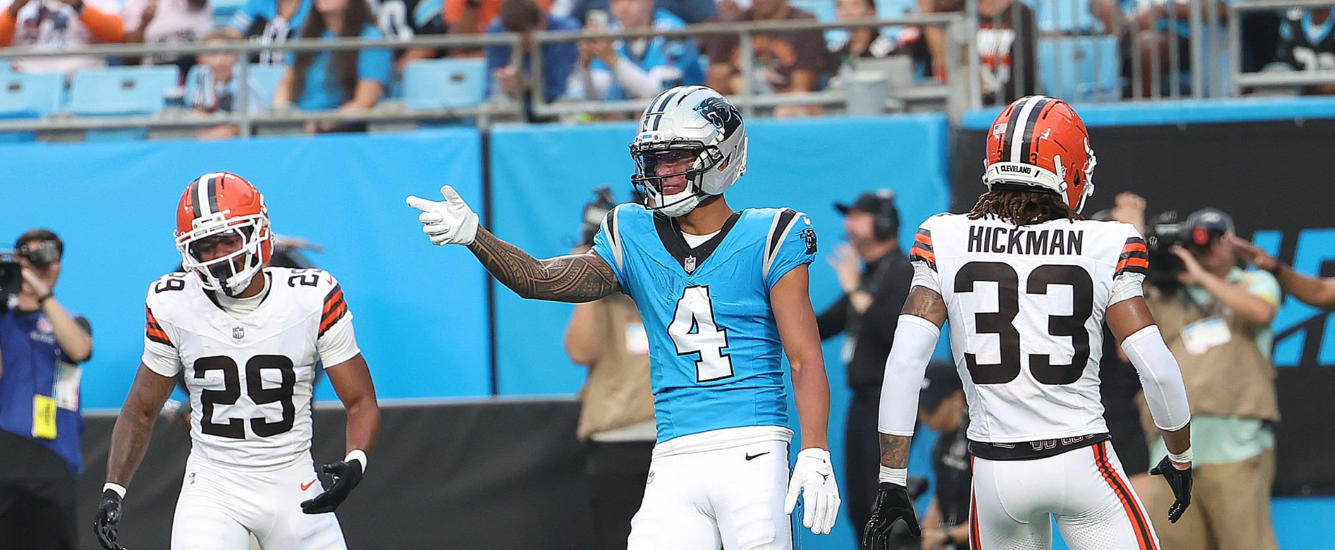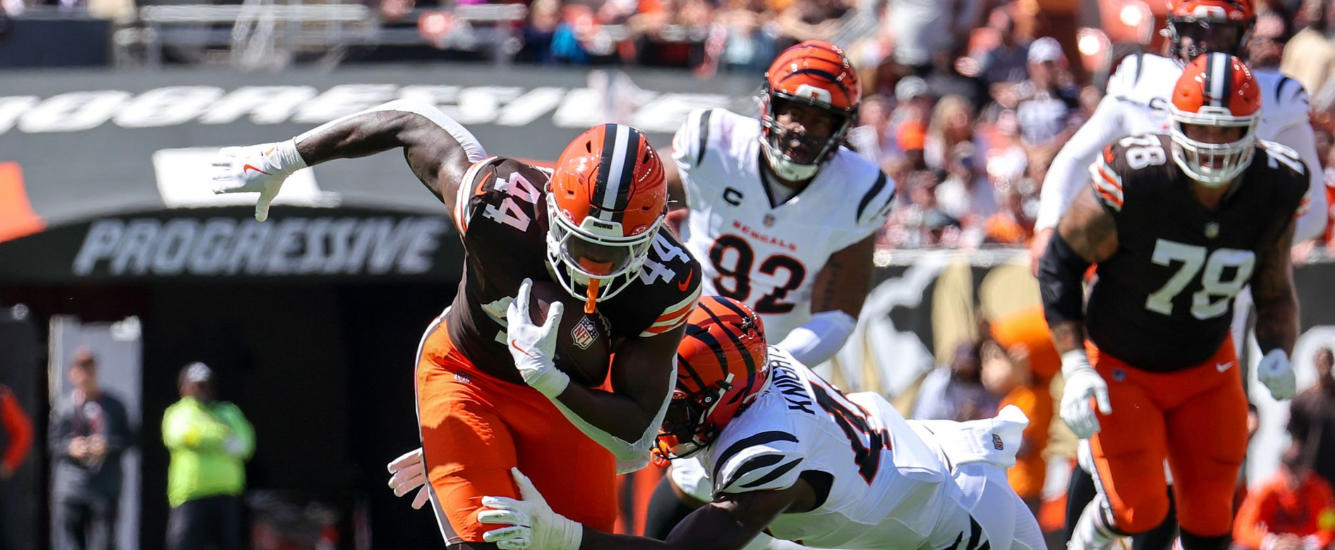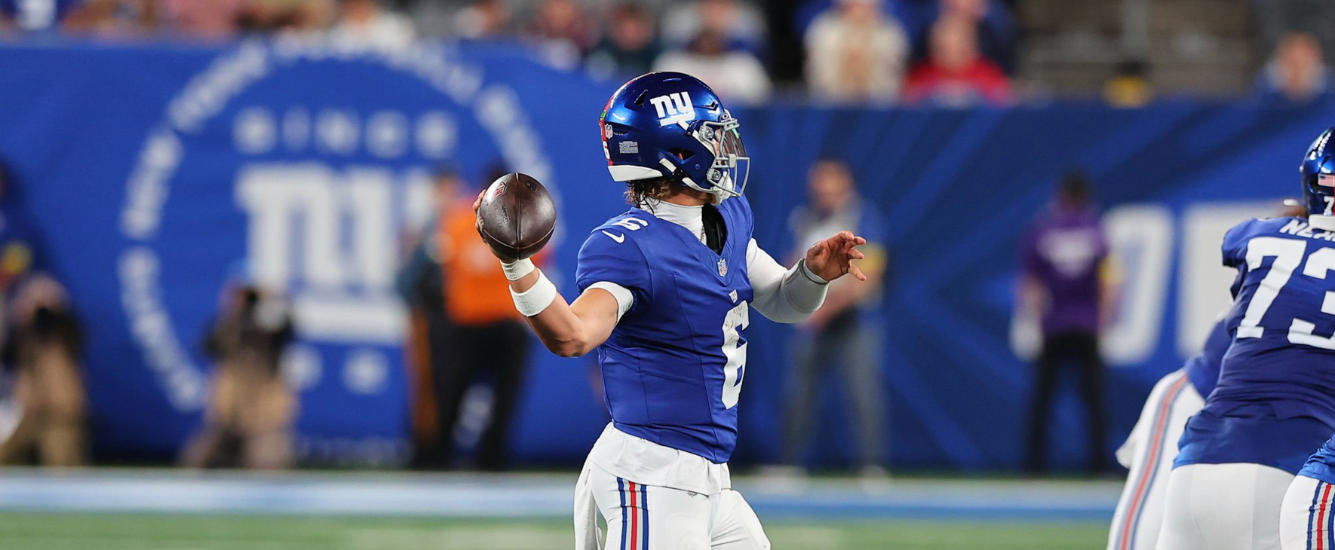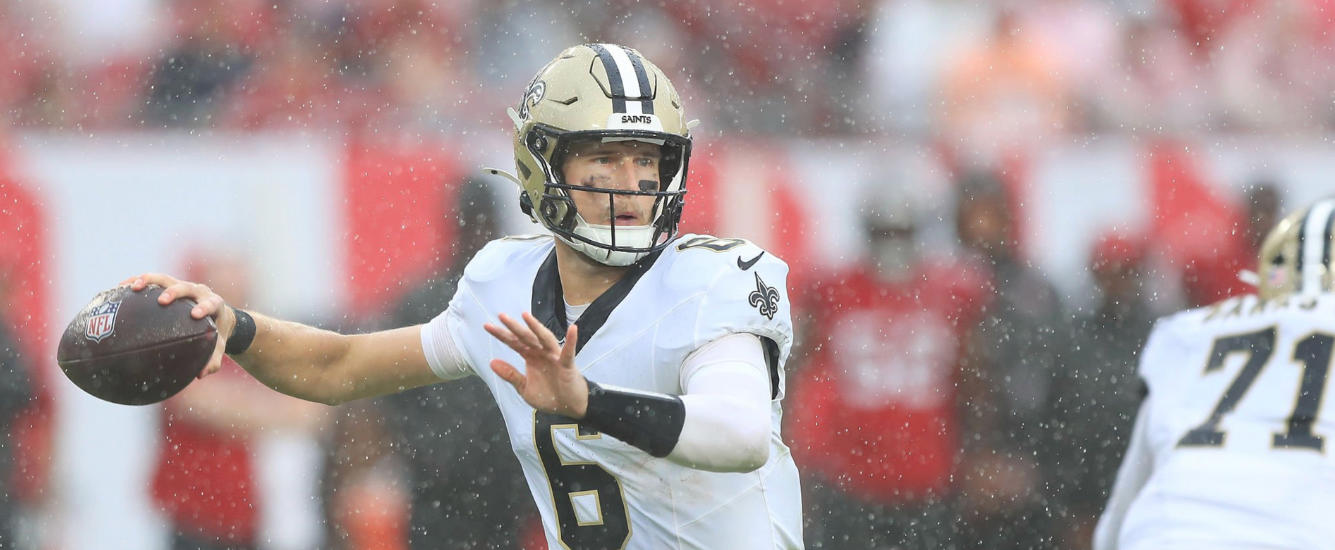In 1 Big Thing, Blair Andrews uses the RotoViz tools to take a deep dive into an interesting, unique, and potentially actionable development from the last week of fantasy football.
Through 10 weeks, there are seven wide receivers who have a target market share of at least 30% (if you round percentages to two decimal places as the RotoViz Screener does).

In 2021, there were only four WRs with a 30% target share at this point in the season. In 2020, there was only one. The last time there were seven or more WRs with such a high share of targets was in 2006 (there were nine). In fact, since 2000, there have been seven or more WRs with such a high target share through Week 10 only four other times. Three of those seasons were 2001, 2002, and 2003. In 2004 and 2005, there were six such players. The only other season in which we had six such players was 2015.

The chart above illustrates this trend well, although the trendline doesn’t quite capture just how dramatic the change has been. Notice that there’s not a single season before 2009 with fewer than five 30% target share players. But between 2009 and 2021, only one season had more than four such players. In this context, 2022 looks like a dramatic outlier. These trends raise at least two questions: First, what’s behind the huge dropoff in the second decade compared to the first? Second, what’s causing the apparent reversal we’re seeing in 2022?


















